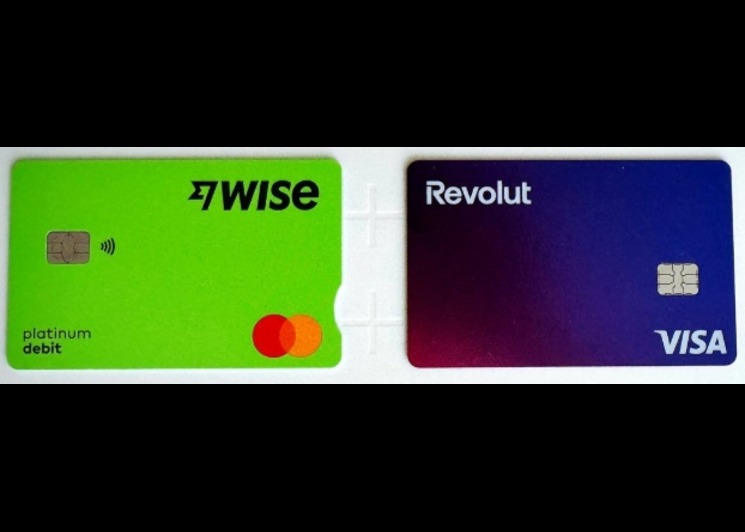What Businesses Gain When They Take Expense Tracking Seriously

Running a business means constantly making decisions about money, where it goes, how it’s used, and what return it brings. That’s why expense tracking isn’t just a bookkeeping task; it’s a tool that shapes financial discipline and long-term strategy.
Most companies think of expense tracking as logging numbers in a spreadsheet. In reality, it’s about building systems that give you visibility, align teams, and strengthen cashflow management.
- Why Tracking Business Expenses Shapes Growth
- Virtual Credit Cards: Real-Time Expense Tracking
- Receipt Management: Closing the Loop on Tracking Business Expenses
- Expense Tracking vs. Expense Management
- Scaling Teams and the Challenge of Cashflow Management
- Spend Management Platforms: Bringing It All Together
Why Tracking Business Expenses Shapes Growth
When it comes to tracking business expenses, accuracy isn’t the only goal. It’s about making decisions in real time. Studies show that nearly 80% of small businesses face cashflow struggles, often because they don’t have a clear handle on their spending.
With structured expense tracking, businesses can:
- Spot recurring waste before it eats into profits.
- Strengthen forecasting and avoid last-minute liquidity issues.
- Back up tax filings with reliable records.
- Improve cashflow management with predictable outflows.
Think of tracking business expenses like turning the lights on in a dark room. The spending is happening anyway, but visibility helps you move with confidence.
Virtual Credit Cards: Real-Time Expense Tracking

Traditional shared cards make it hard to separate team spending or control budgets. That’s why more businesses are switching to virtual credit cards. They connect directly to your expense tracking system and give managers better oversight.
With virtual credit cards, businesses can:
- Assign unique cards for projects or departments.
- Set limits that align with budget policies.
- Reduce fraud risk by eliminating physical card sharing.
- Link transactions automatically to tracking business expenses.
One SaaS company, for example, introduced virtual credit cards for its marketing team. Within three months, the finance lead reported a 22% drop in unaccounted spend because transactions were now tied directly to receipt management. That’s the power of real-time visibility.
Receipt Management: Closing the Loop on Tracking Business Expenses

Even with the best tools, compliance fails without proof. That’s where receipt management ties into expense tracking. Instead of chasing employees for paper slips at month’s end, businesses now digitize everything.
Modern receipt management systems let teams:
- Snap receipts on mobile and upload instantly.
- Auto-match receipts with virtual credit card transactions.
- Simplify audits and cut down approval times.
For finance teams, this eliminates the painful backlog of reconciliation. For employees, it makes tracking business expenses less of a chore.
Expense Tracking vs. Expense Management
It’s easy to confuse expense tracking with expense management, but they aren’t the same.
- Expense tracking: is the foundation. It’s about recording and monitoring where money goes, whether that’s employee travel, software subscriptions, or vendor payments. The goal is accuracy: knowing exactly how much was spent, by whom, and for what purpose.
- Expense management: It involves enforcing policies, analyzing spend, and deciding what should change. While tracking shows you the “what,” management answers the “why” and “what next.”
Both matter. Without reliable tracking business expenses, any attempt at expense management becomes guesswork. But without broader policies, tracking alone won’t reduce costs. Businesses need both to keep growth sustainable.

Perfect Card for running ads!

Scaling Teams and the Challenge of Cashflow Management
What works for a 5-person team doesn’t hold up for a 200-person company. In the early days, tracking business expenses might be as simple as logging receipts in Excel and reviewing spend at the end of the month. But as headcount grows, transactions multiply, and vendor relationships expand, those simple methods quickly break down. The bigger the business, the more moving parts there are, and the more critical structured expense tracking becomes.
- Small teams rely on spreadsheets.
- Mid-sized teams adopt virtual credit cards and digital receipt management.
- Larger companies turn to a spend management platform that integrates everything.
The scaling challenge highlights an important truth: cashflow management is no longer just a finance department responsibility, it’s a business-wide discipline. Leaders, department heads, and even individual employees all contribute to how money flows in and out. Without structured expense tracking in place, even profitable companies can hit liquidity crunches. Growth alone doesn’t protect against cashflow gaps; visibility and control do.
Spend Management Platforms: Bringing It All Together
Instead of stitching together multiple tools, many organizations now use a spend management platform. These systems combine expense tracking, virtual credit cards, and receipt management into one workflow.
Benefits for businesses include:
- Central dashboards for all expenses.
- Automatic syncing with accounting software.
- Policy enforcement at the point of spend.
- Stronger insights for both finance leaders and executives.
The result? Easier tracking business expenses and more time for decision-making rather than chasing receipts.
Conclusion
Expense tracking forms the foundation of an organizations’ financial control. When businesses invest in tracking business expenses, adopt virtual credit cards, and streamline receipt management, they gain the visibility needed to strengthen expense management, safeguard cashflow management, and make confident growth decisions. This is where a solution like Bycard remains a solution, it’s virtual cards that give teams controlled flexibility, budget management tools that prevent overspending, and automated expense reports that simplify reviews, Bycard brings everything together in one platform. Instead of juggling multiple systems, businesses get a single place to track, manage, and act on expenses, turning financial control into a driver for growth.







